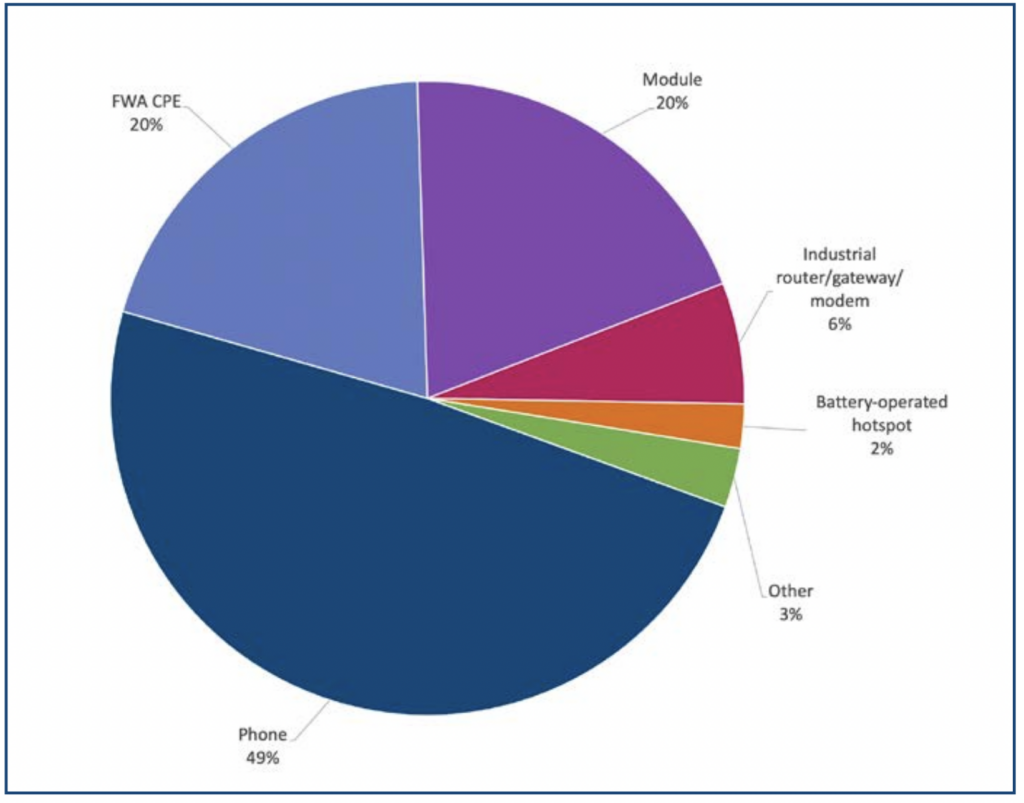International Circuit
Many industry experts consider global SA progress to be surprisingly slow
From January 2022, GSA reported that 99 operators in 50 countries worldwide are investing in public 5G Standalone (SA) networks in the form of trials, planned or actual implementations, and that 20 operators in 16 countries / territories had launched public 5G SA networks, including China Mobile, Vodafone UK and Germany, SoftBank, T-Mobile US, SingTel, STC, Rogers, RAIN and DIRECTV.
Another five operators have implemented 5G SA technology but have not yet launched services or have only soft-launched them, another 25 or so have announced 5G SA pilots for public networks, and 22 more are reportedly involved in evaluations / tests / trials.
Another way to track progress is to look at the device’s ecosystem. The GSA reported 663 announced entities with alleged support for 5G SA, an increase of 138% from 278 at the end of 2020. Of these devices, 461 are commercially available. 5G SA units accounted for 35.6% of 5G units in December 2019, 49.7% in December 2020 and 54.6% in December 2021.
Divided by form factor, phones accounted for just over half (50.3%) of the advertised 5G devices with independent support, with fixed wireless access to consumer premises (FWA CPE) and modules in second place, each accounting for 20% of the devices .
Announced 5G devices with specified 5G SA support, by form factor

Despite the fact that T-Mobile US is actually the first carrier in the world to activate an SA network in August 2020, Chinese telecommunications companies have been the biggest proponents of this brand of 5G, and according to LitePoint’s director of business development Rex Chen, it is a slightly strategy unique to the country.
“China is pretty gung-ho about Standalone, not so much in North America,” he explained. “In the United States, you have more than 300 million people, and apart from a few big cities, we all live a little far apart. In China, you have more inhabitants and a really high population density, and if you cover the big cities, you do not just cover one massive part of the population, but also those who can afford 5G smartphones, so if you As for China Mobile or China Unicom, if you implement 5G mobile phones in Beijing, you can easily reach 10, 20, 30 million people. “
In the United States, on the other hand, there are not many places – except perhaps New York City and Los Angeles – where the population density is so high. In this way, ROI may be a little more unclear in the US than in China. “And let’s be honest,” Chen continued. “China has more FR1 spectrum implementations than the US, so that will make 5G SA more attractive.”
No matter how you look at it, many consider global SA progress to be surprisingly slow. “I thought SA would now become more widespread,” said EXFO’s Group Manager for 5G Transport and RF Sebastien Prieur. “We’re barely starting to see it in the form of operators turning it on. Verizon and AT&T are focusing much more on expanding the edge.”
He added that other priorities like densifying the network and screwing up the C-Band spectrum are consuming a lot of operator energy and resources.
“This will be true in the next few months,” Prieur said. But he assured that SA is coming and that once adequate 5G coverage is achieved in the US, with the help of C-Band, operators can move on to the next phase, which he is sure will go over to SA.
According to Jack Fritz, rector of Deloitte Consulting LLP’s technology, media and telecommunications, getting to SA is definitely a priority for operators, but “there are a lot of priorities” that “everyone is competing for attention.”
In addition to the battle for attention, 5G Standalone may not have clear or direct enough revenue generation opportunities yet, and Fritz believes that this combined with the potential risks – perceived or otherwise – related to changing how a network is routed and traffic managed, has created an operator hesitation from both a performance and cost point of view. Mac Pro Tricks















You must be logged in to post a comment Login